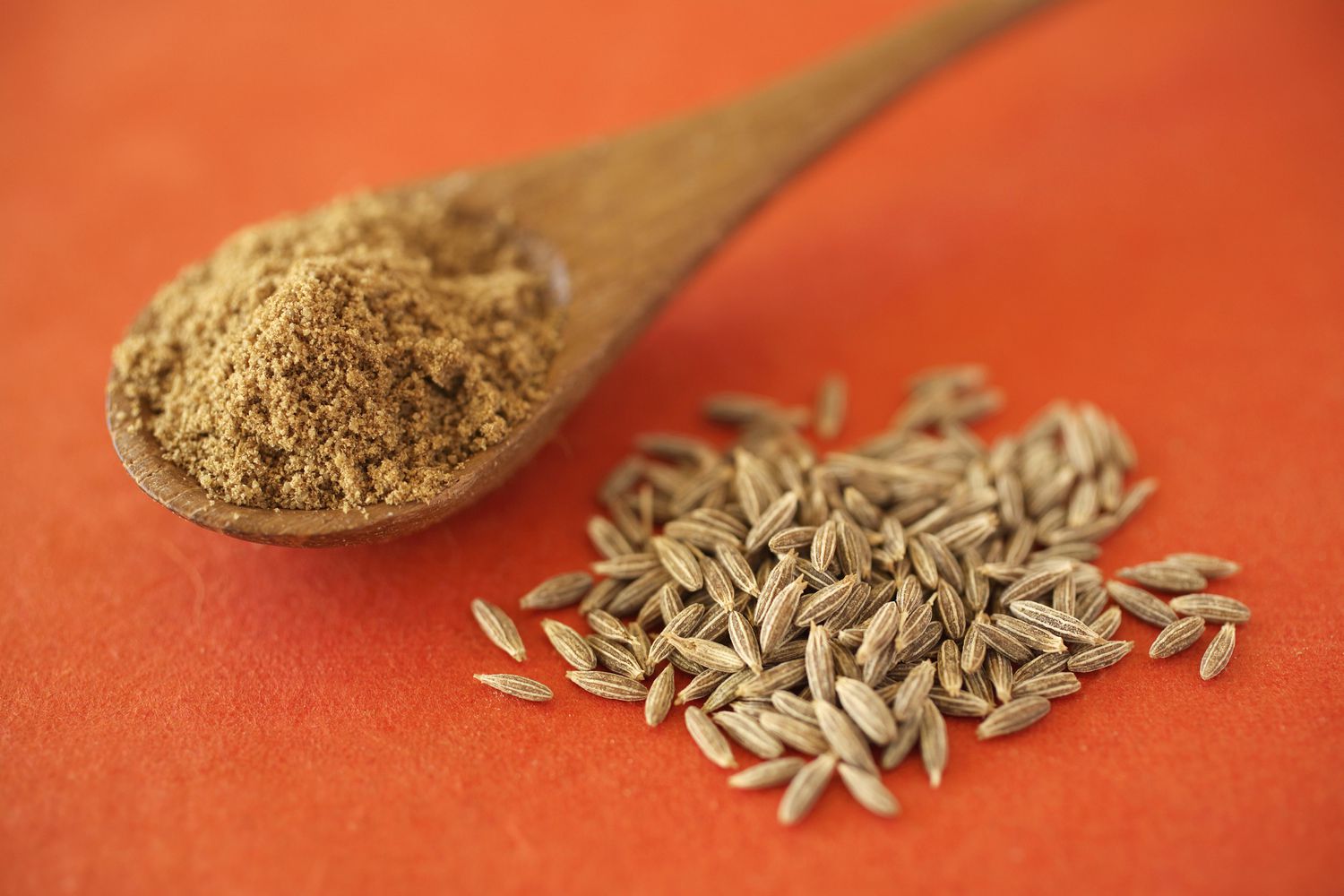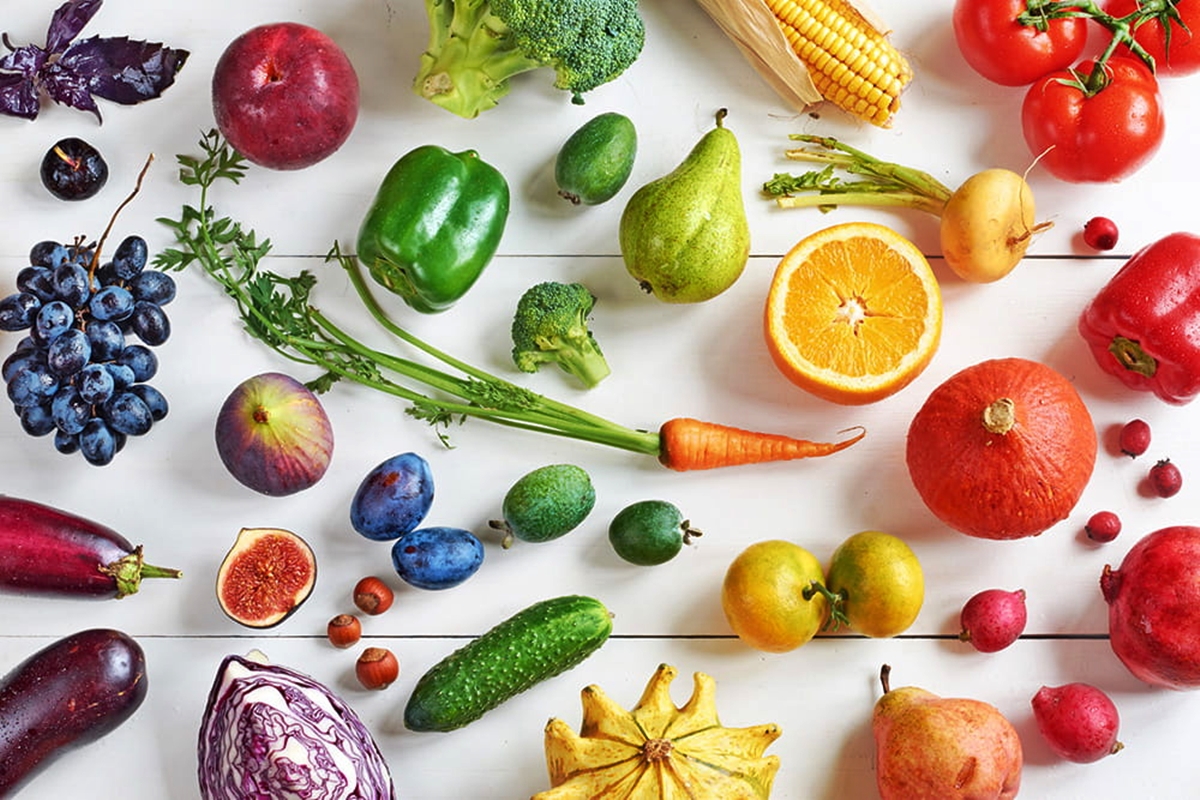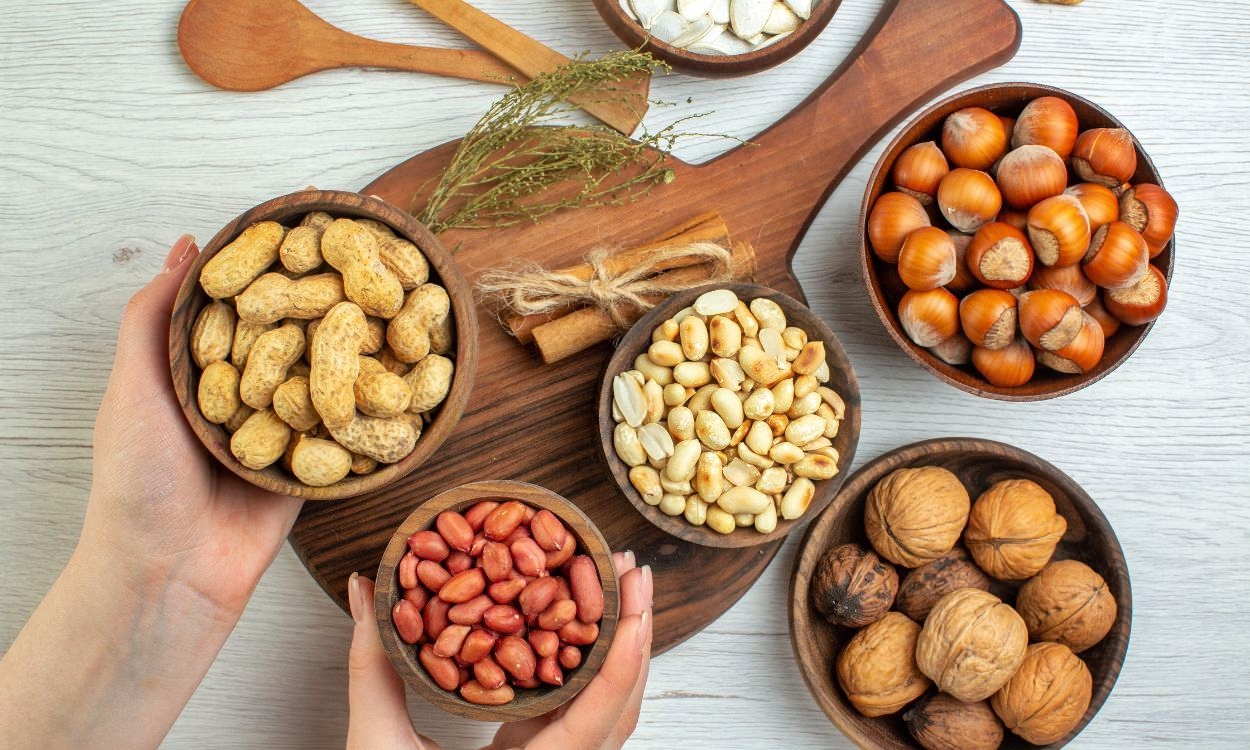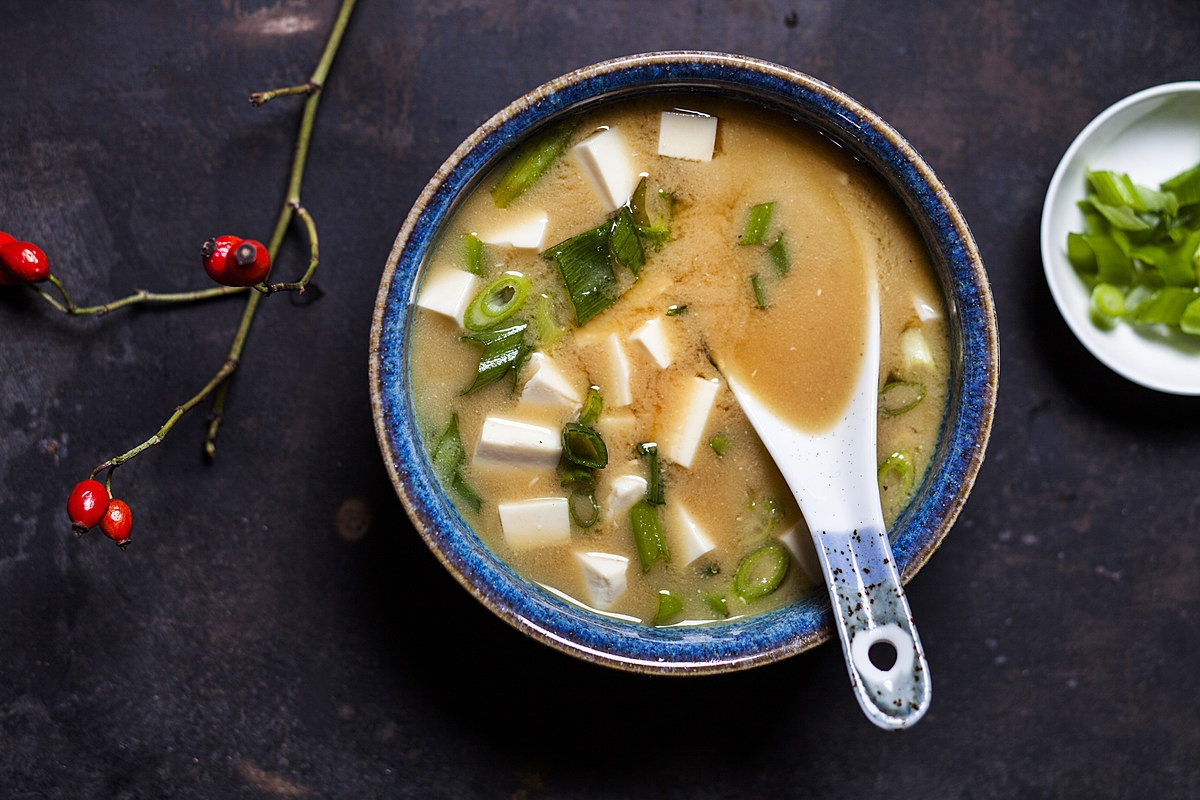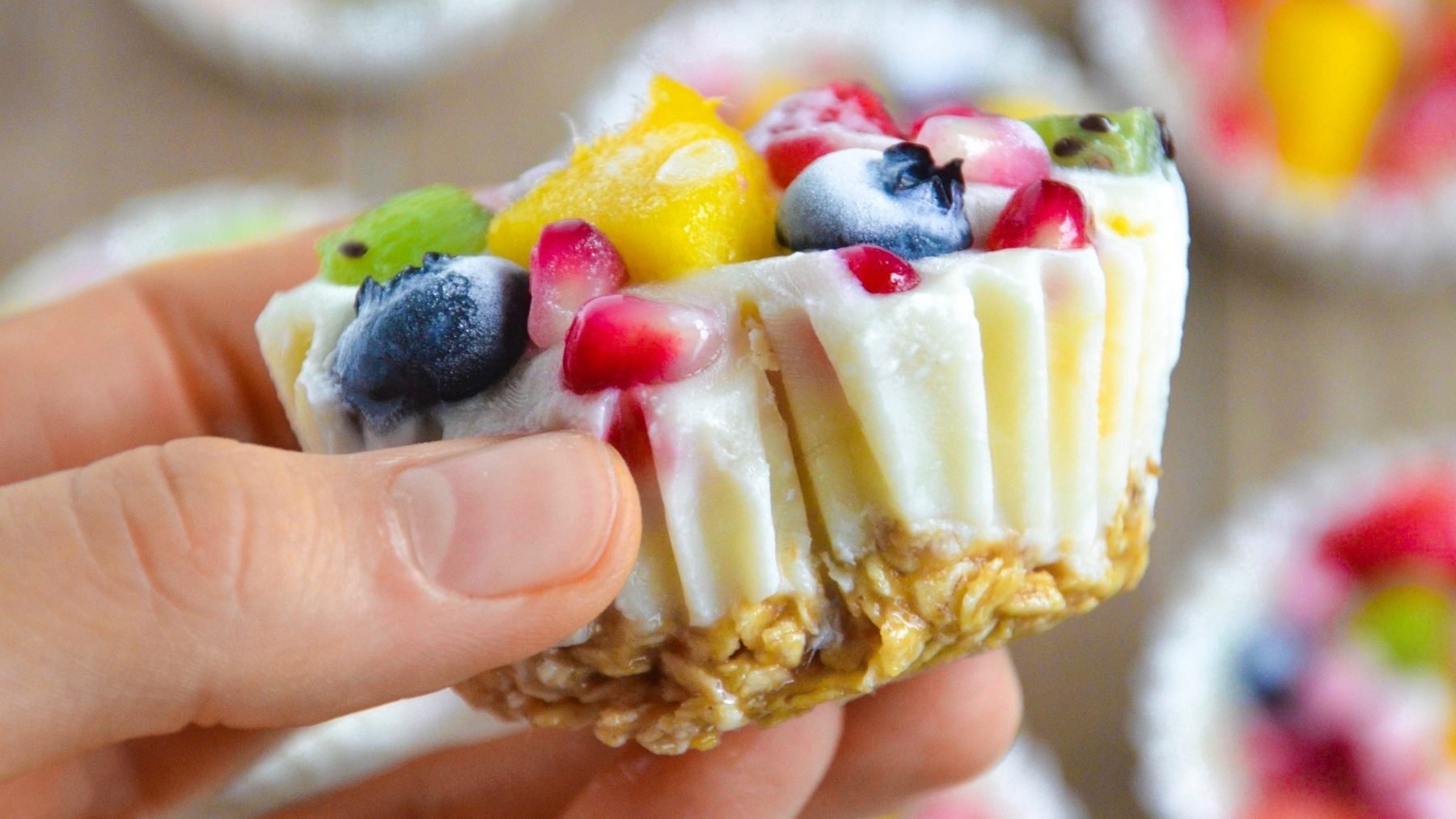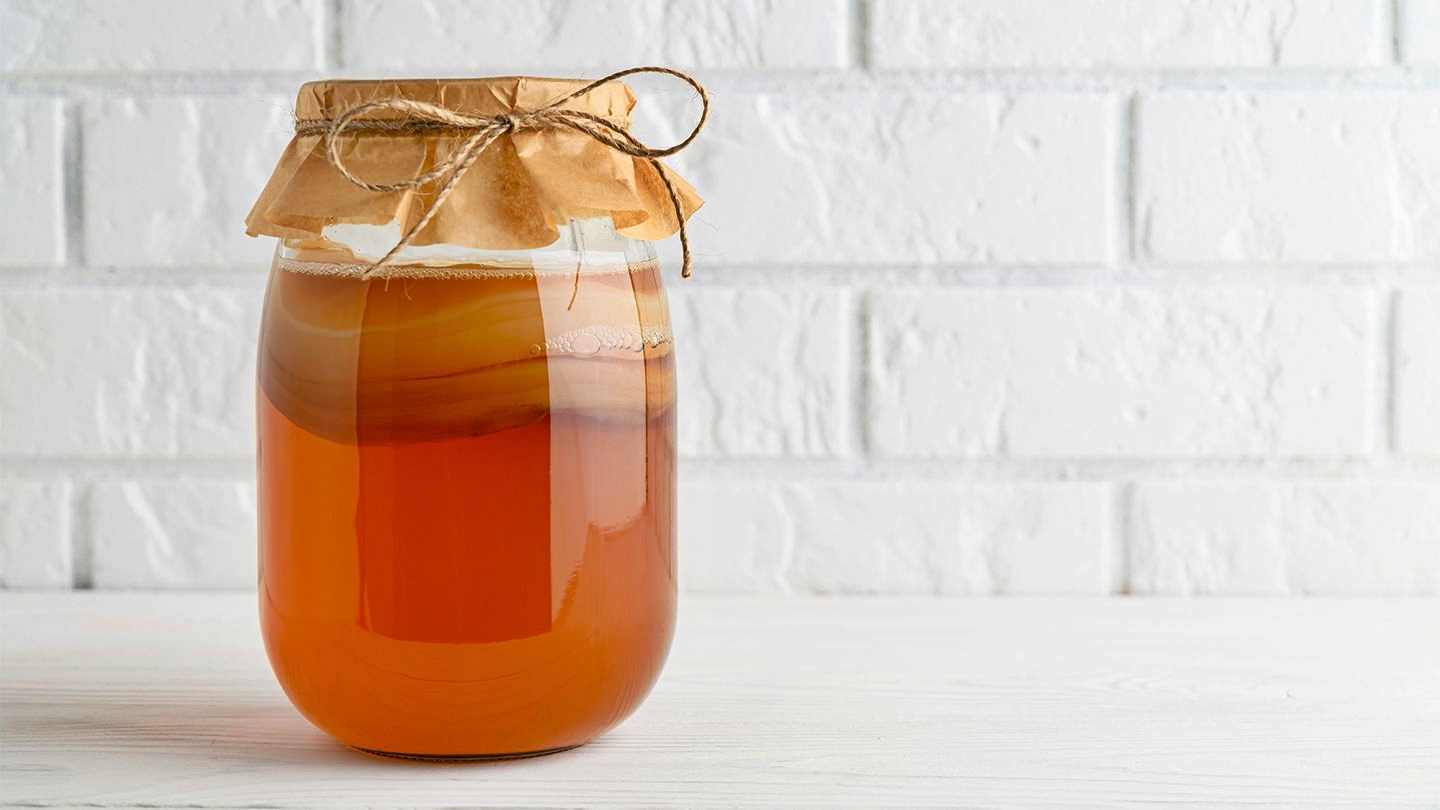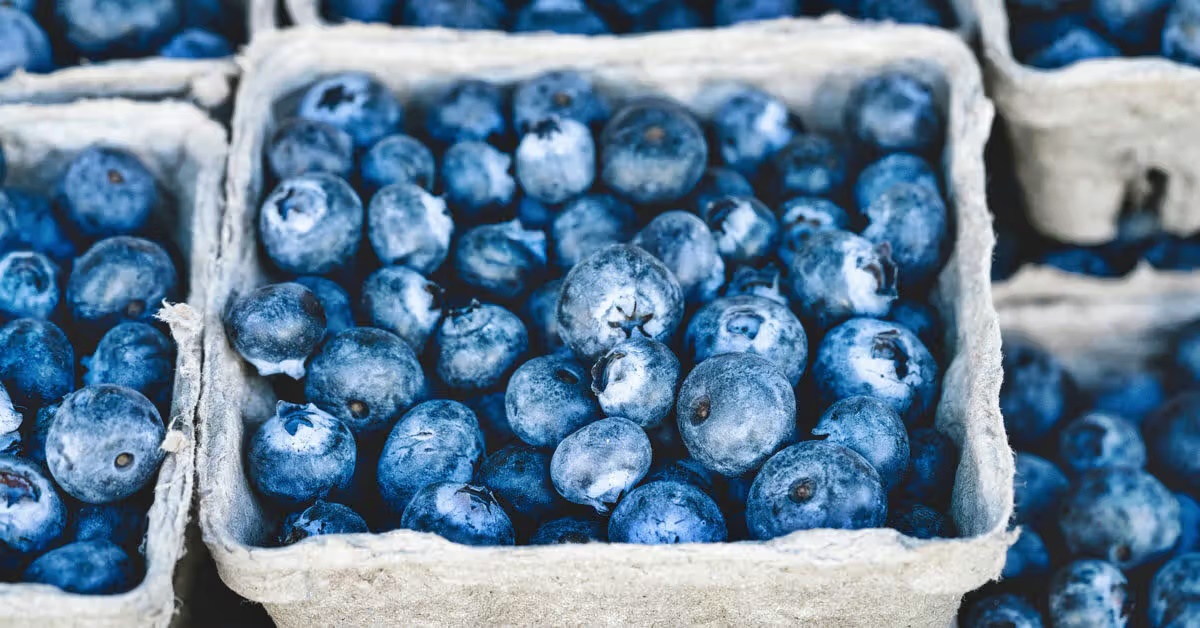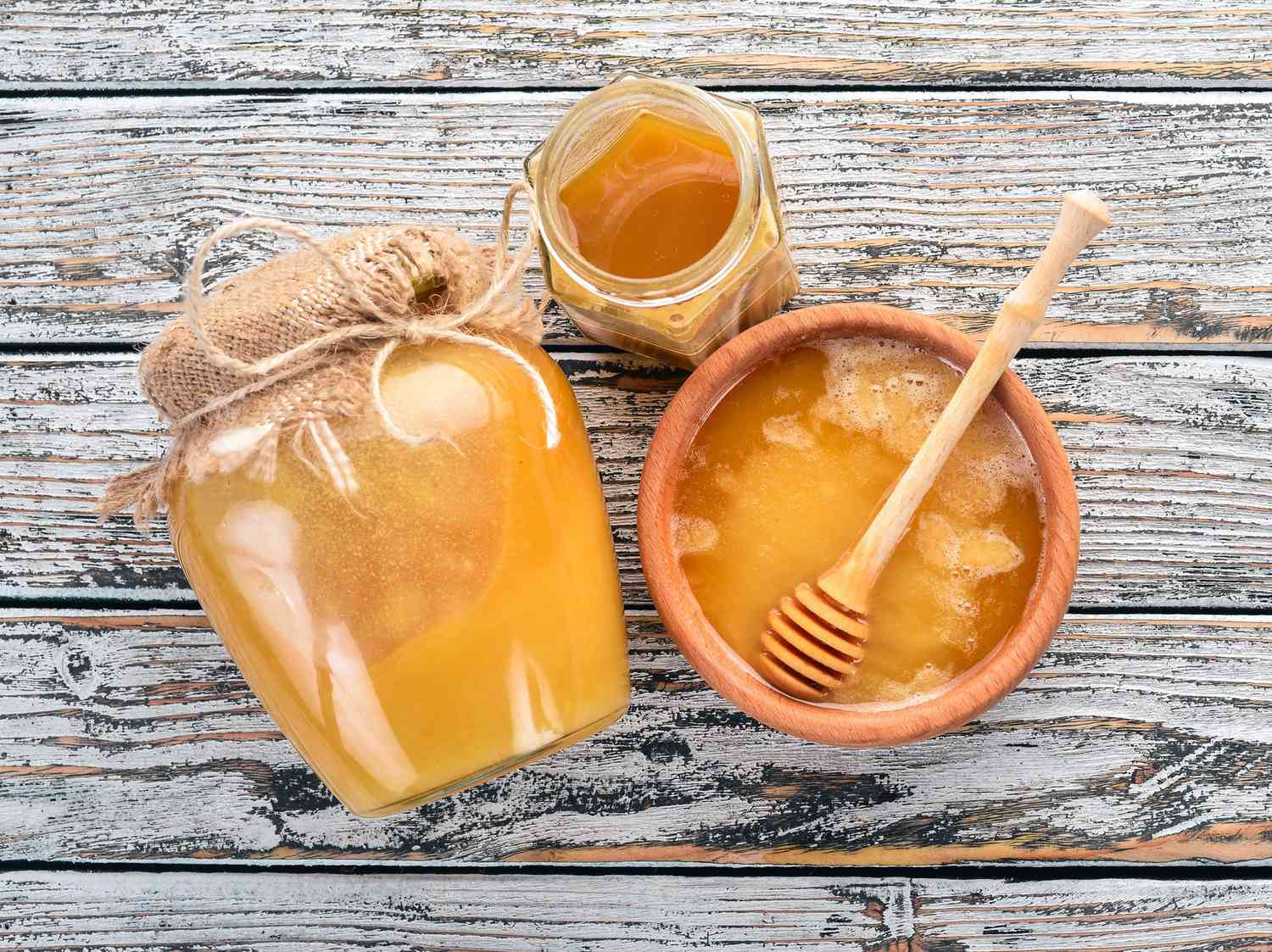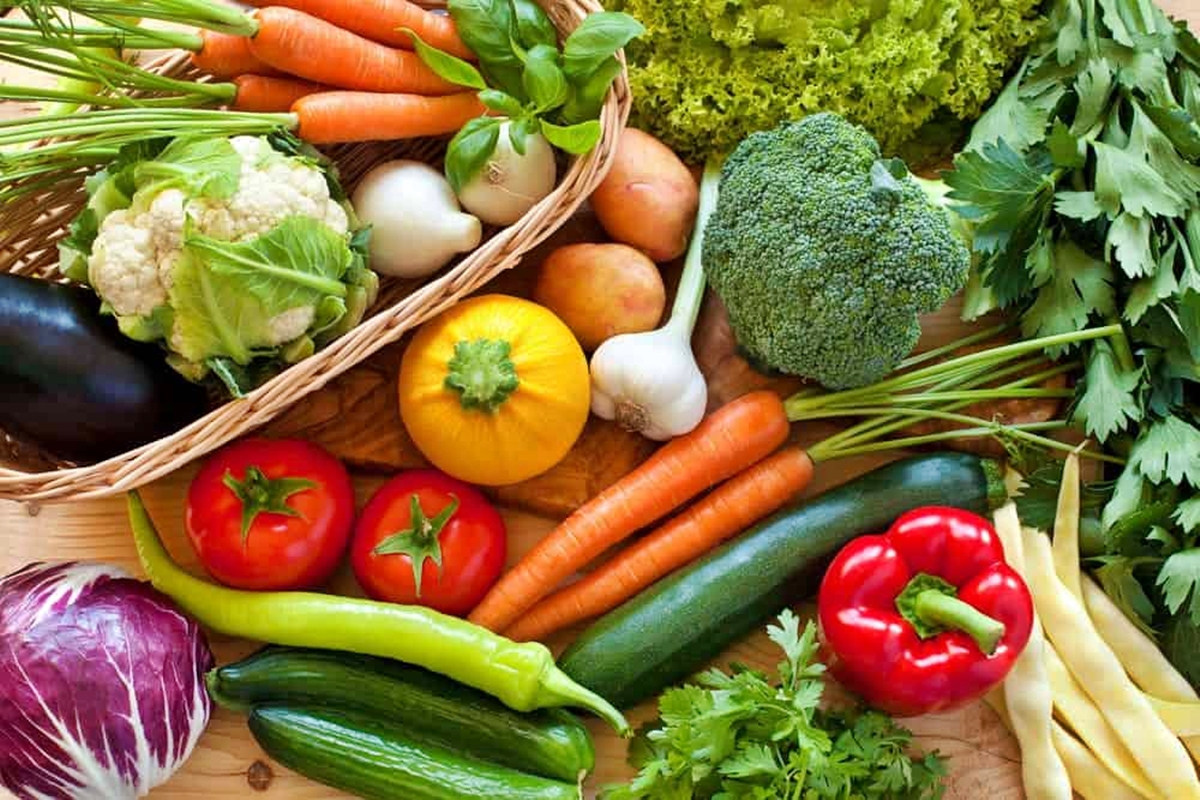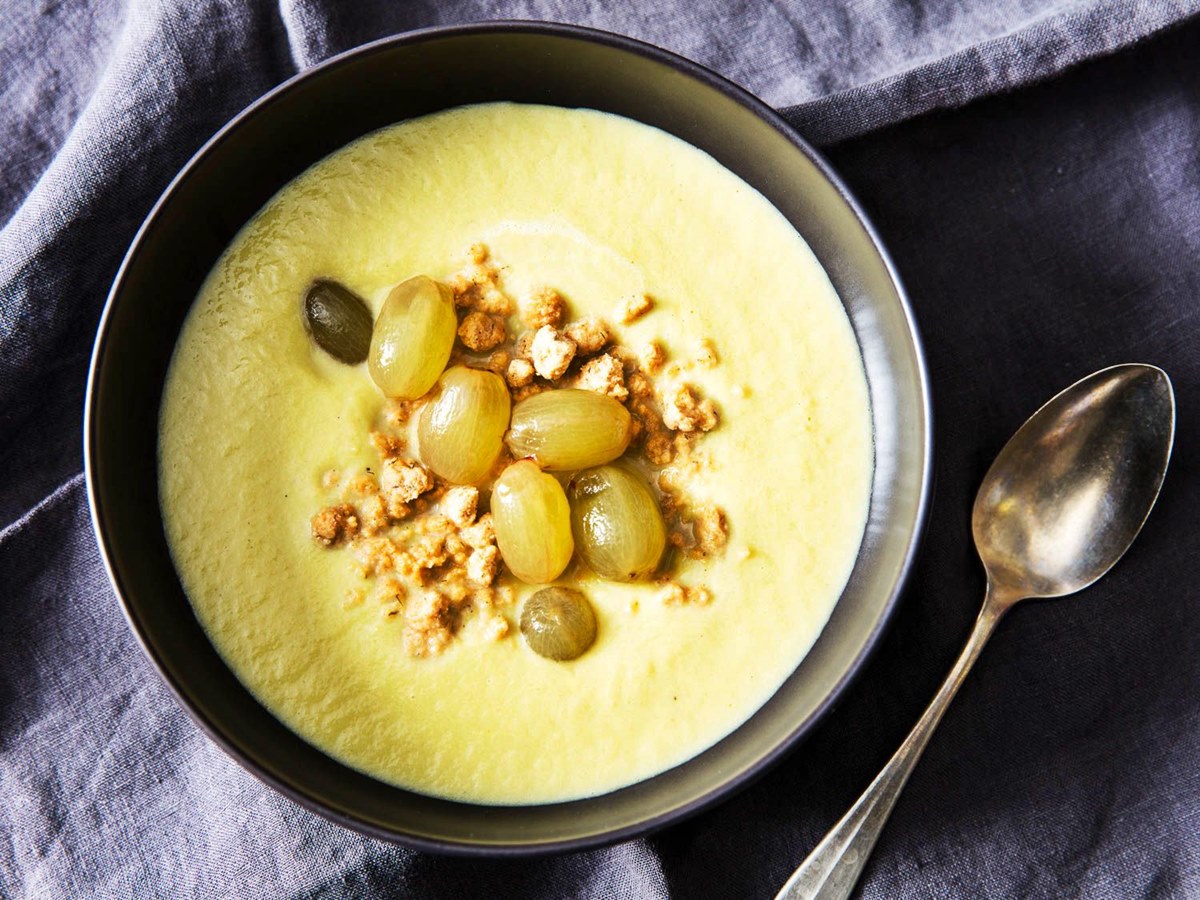Introducing the Top 10 Healthiest Grains
When it comes to maintaining a healthy lifestyle, incorporating whole grains into your diet is essential. Not only are grains a great source of nutrients, but they also provide a good dose of fiber, which promotes digestion and supports overall well-being. To help you make informed choices, we have compiled a list of the top 10 healthiest grains that you can easily include in your daily meals.
1. Quinoa
Quinoa, often referred to as a “superfood,” is a complete protein and gluten-free grain. It is rich in minerals like magnesium and manganese while also providing a good amount of fiber. With its nutty flavor and versatile uses, quinoa can be a great addition to salads, stir-fries, and even as a substitute for rice in many dishes.
2. Oats
Oats are well-known for their high fiber content and heart-healthy benefits. They contain a type of fiber called beta-glucan, which helps lower cholesterol levels and reduces the risk of heart disease. Enjoy a comforting bowl of oatmeal for breakfast or get creative with overnight oats and homemade granola bars.
3. Brown Rice
Compared to white rice, brown rice retains its outer bran layer, making it a more nutritious choice. Packed with vitamins, minerals, and fiber, brown rice offers sustained energy and aids in digestion. Incorporate it into your favorite rice-based recipes such as stir-fries, rice bowls, or even as a side dish.
4. Amaranth
Amaranth is a tiny grain that packs a powerful nutritional punch. It is an excellent source of protein, iron, and calcium. Amaranth has a slightly nutty flavor and a delightful crunch, making it a fantastic addition to salads, soups, and baked goods.
5. Bulgur
Bulgur is a type of cracked wheat that cooks quickly and has a slightly chewy texture. It is high in fiber and provides essential minerals like manganese and magnesium. With its versatility, bulgur can be used in pilafs, salads, and even in stuffed vegetables.
6. Barley
Barley is a whole grain with a slightly nutty flavor and chewy texture. It contains both soluble and insoluble fiber and has been linked to improving heart health and promoting digestive regularity. Barley can be utilized in soups, stews, and as a substitute for rice in risottos.
7. Millet
Millet is a gluten-free grain that is rich in B-vitamins and minerals such as magnesium and phosphorus. It has a mild, nutty taste and a fluffy texture when cooked. Use millet as a base for pilafs, in breakfast porridge, or even try it as a gluten-free alternative in baking.
8. Buckwheat
Despite its name, buckwheat is not related to wheat and is naturally gluten-free. It is a good source of protein, antioxidants, and dietary fiber. Buckwheat flour can be used to make delicious pancakes, noodles, or even added to baked goods for a wholesome twist.
9. Rye
Rye is an ancient grain that is particularly popular in European cuisine. It has a robust flavor and is high in fiber and antioxidants. Rye bread, crackers, and cereals are excellent ways to incorporate this nutritious grain into your diet.
10. Farro
Farro is an ancient wheat grain with a chewy texture and nutty taste. It is an excellent source of fiber, protein, and nutrients like magnesium and zinc. Use farro in grain salads, soups, or as a substitute for other grains in your favorite recipes.
Remember, when incorporating grains into your diet, opt for whole grains whenever possible to reap the maximum nutritional benefits. These top 10 healthiest grains offer a variety of flavors, textures, and nutrients to help you maintain a balanced and wholesome diet. Experiment with different recipes and enjoy the benefits of these nutritious grains!
Was this page helpful?
Read Next: 7 Late Night Snacks For A Healthier Bedtime
